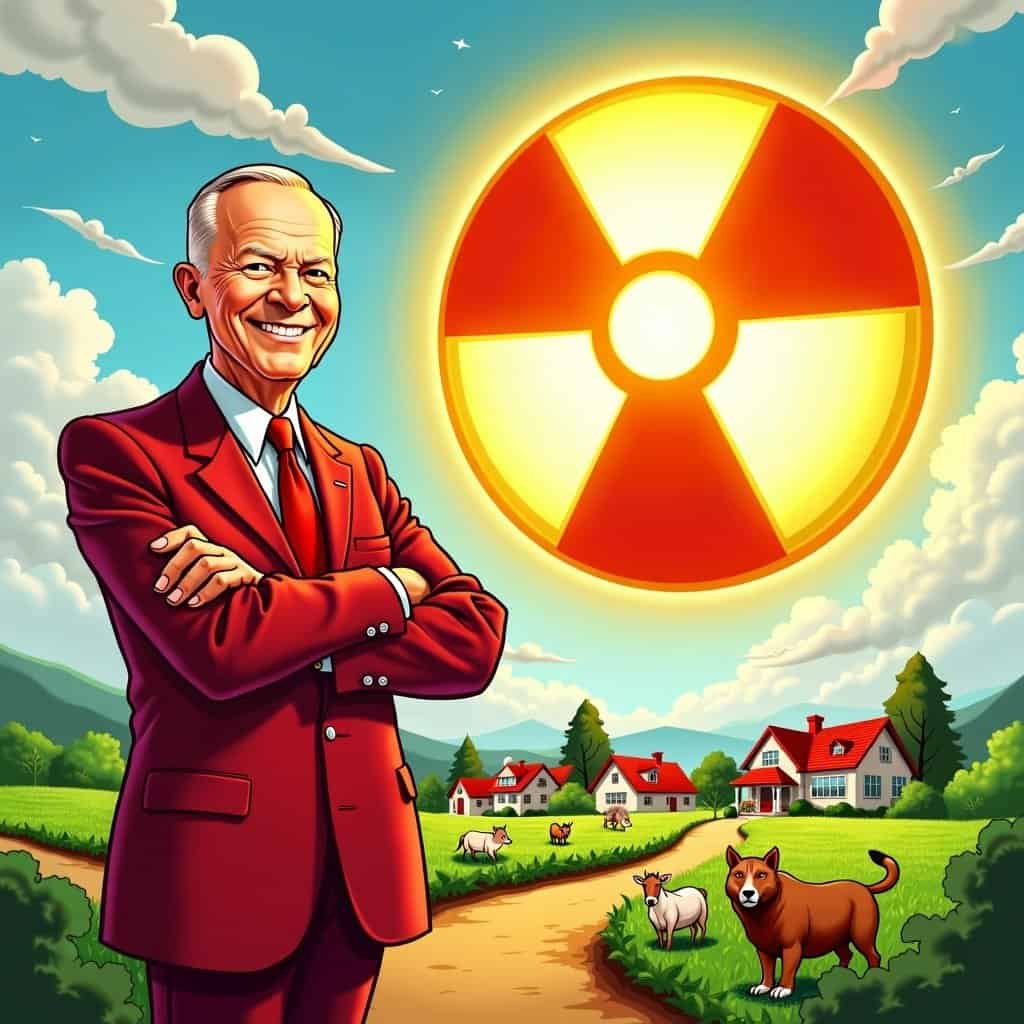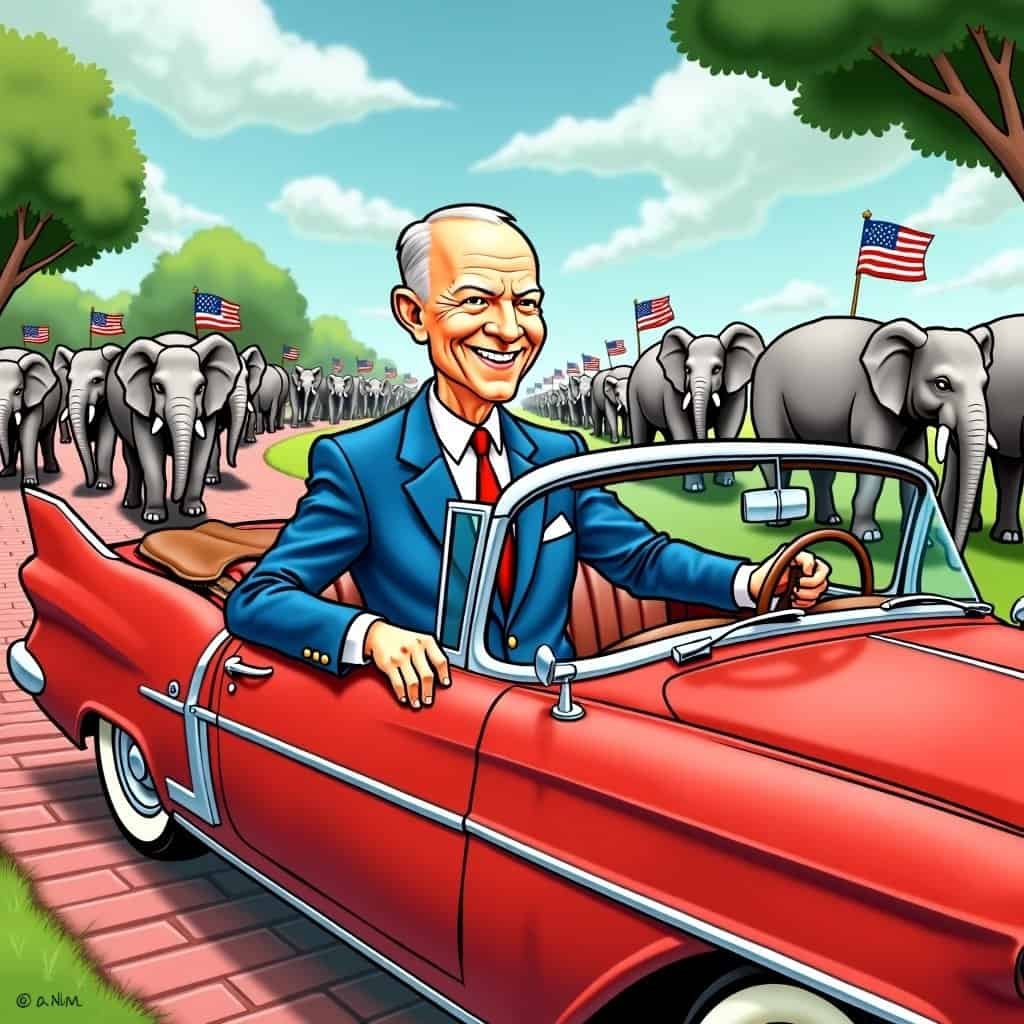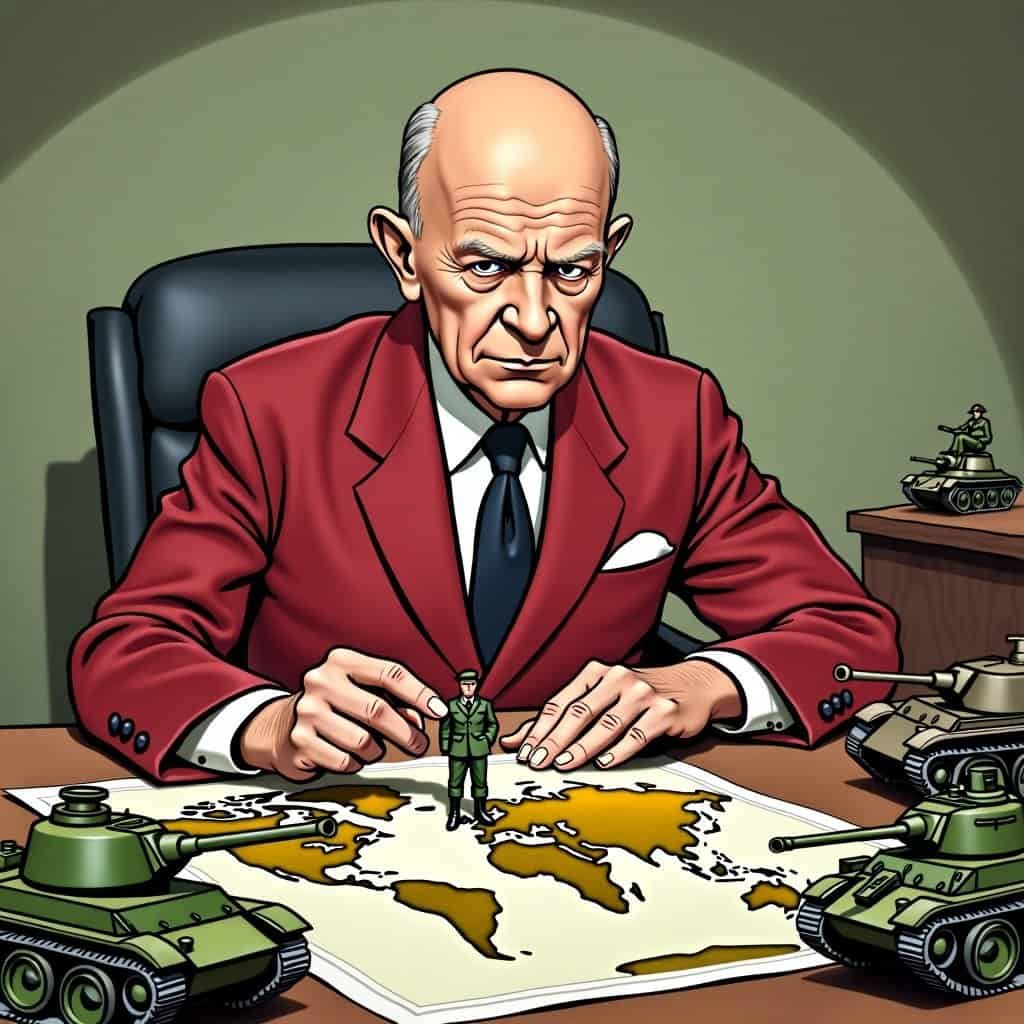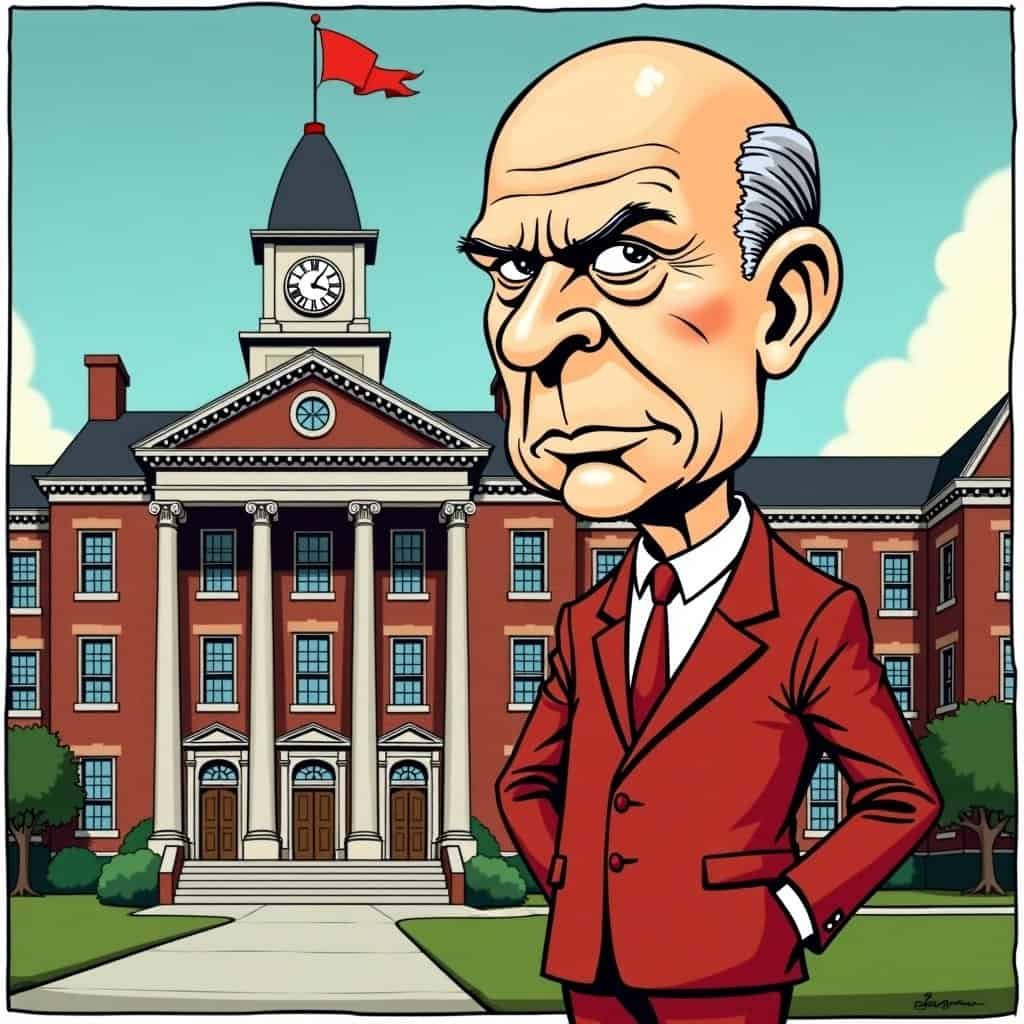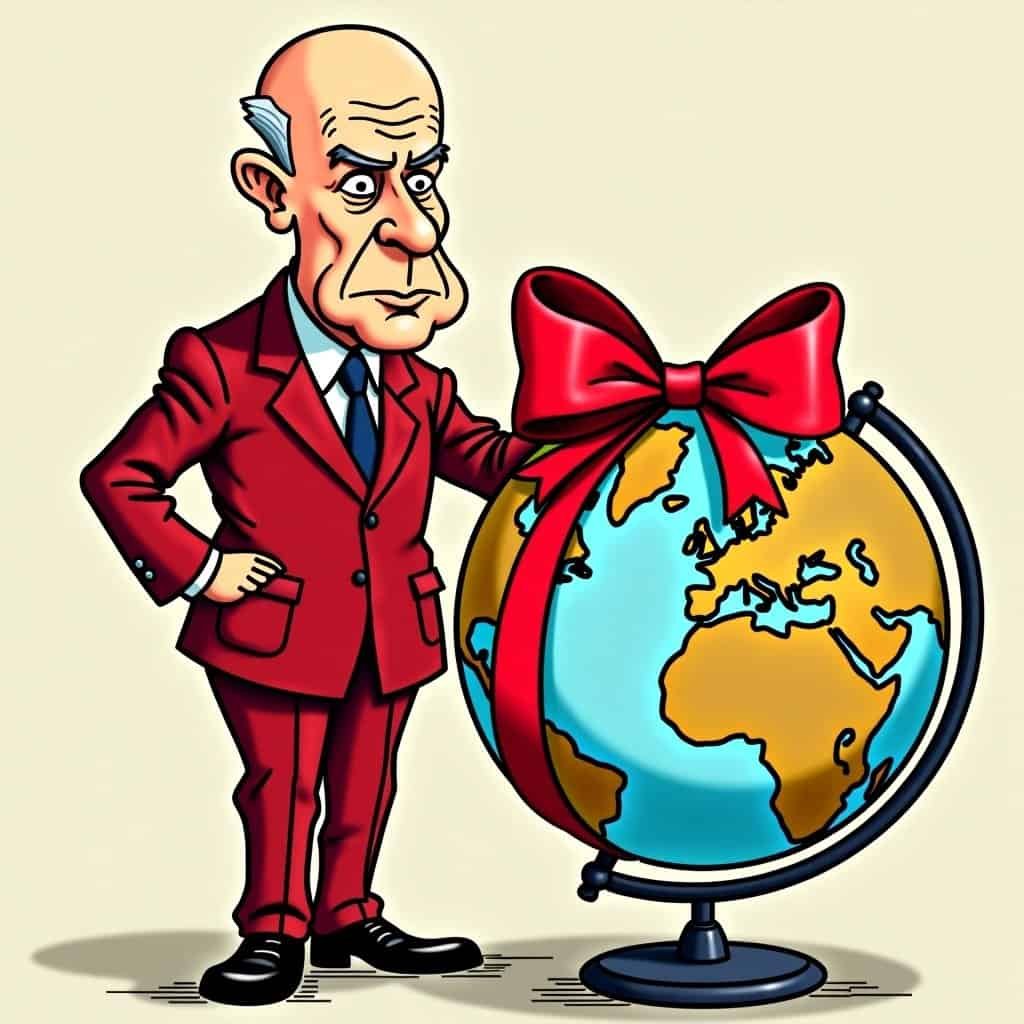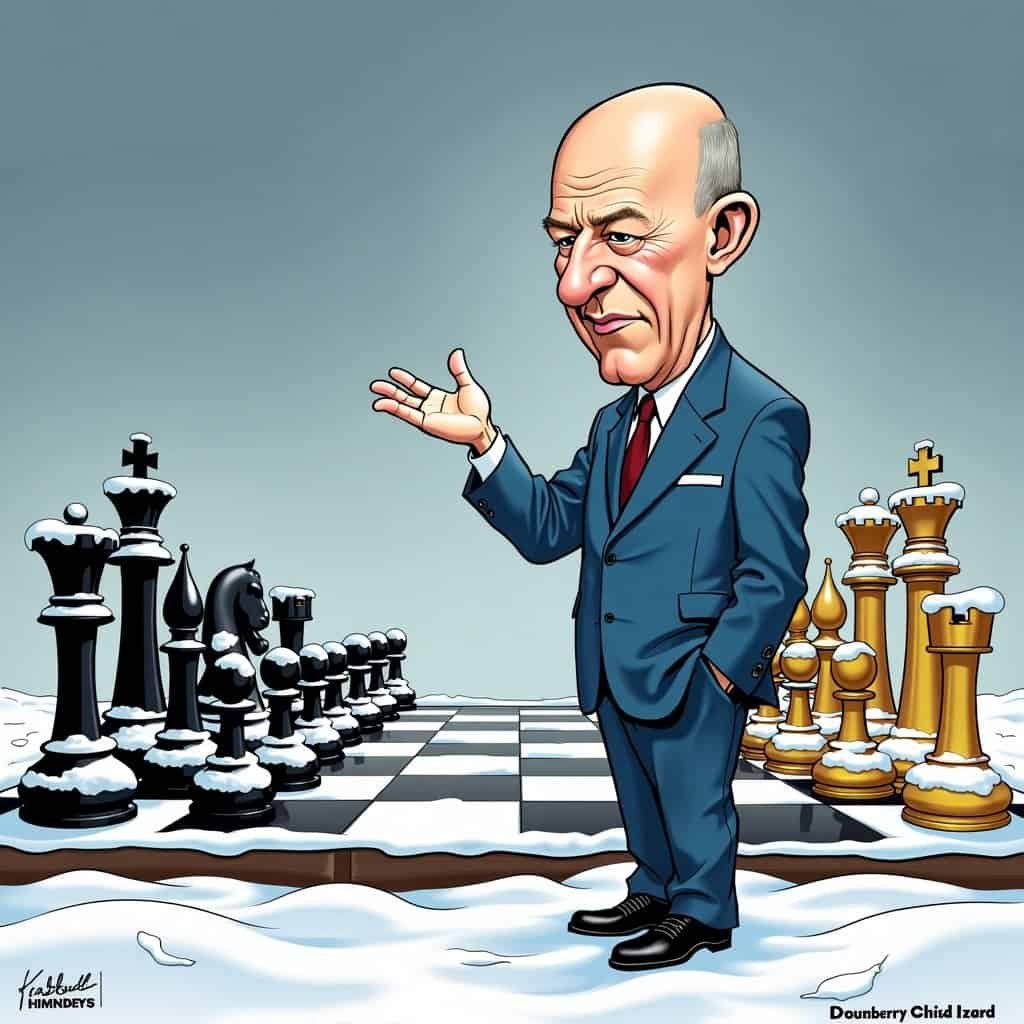When you think of atomic energy, flashy headlines and dramatic narratives probably come to mind quicker than you can say “hydrogen isotope.” Yet, exploring nuclear power doesn’t have to be as tricky as splitting an atom! Thanks to one remarkable Republican president, Dwight D. Eisenhower, we can see nuclear energy as a shining example of conservative innovation and American exceptionalism.
The 1950s were a time of poodle skirts, rock ‘n’ roll, and, of course, the atomic age. Under Eisenhower’s leadership, the United States set out on a journey to harness nuclear power, not just for its explosive potential but for peaceful purposes through his Atoms for Peace initiative. While some may have laughed, seeing atomic energy as a Democratic doomsday device, “Ike,” as we fondly know him, had a different idea—picturing nuclear energy as a way to fulfill America’s great conservative value of energy independence.
Eisenhower’s vision was rooted in a deep appreciation for the advantages of free-market capitalism and technological progress. By encouraging the civilian use of nuclear power, the goal was to boost America’s economic growth without being tied to foreign oil dependence. The conservative philosophy here is straightforward: market-driven solutions spark innovation, not heavy-handed government rules which often slow down real progress.
Eisenhower’s Vision for Nuclear Power
Now, if that isn’t enough of a Jeffersonian ideal wrapped in a glowing rod, the very idea aimed at spreading out power (pun intended) and enabling private companies to take up the nuclear challenge. No more dependence on the whims of political games dictating our energy needs. Instead, Eisenhower bet on the creativity of America’s nuclear scientists and the hard-working spirit of its free marketers to lead the charge, quite literally, into a new era.
The Left, meanwhile, seemed to be stuck in a thermal burp of their ambitious wish to nationalize any opportunity—never really getting that free people armed with innovation will always outshine government-heavy systems. They seem convinced that only through the government’s mighty grip can progress happen, but history—and Eisenhower—would disagree.
Pragmatism Meets Vision
Let’s not forget how the advancement of nuclear energy under Eisenhower also found itself wrapped in good old American practicality. Not only capable of keeping the lights on in Kansas, but nuclear power also looked into potential military uses, minus the rare Mickey Mouse-shaped cloud. Here was a man who combined practicality with vision, resisting the tendency of others to overcomplicate with tons of red tape and rules.
Basically, Eisenhower’s atomic energy campaign kicked off an era of economic success and energy security, fitting perfectly with conservative ideas of limited government interference and private investment drives. As technology kept growing under the warmth of the nuclear glow, it strengthened national energy independence—a capability that’s still super important in today’s geo-political chess games.
The Lasting Impact of Eisenhower’s Nuclear Initiative
1953
Eisenhower launches “Atoms for Peace” initiative
1954
Atomic Energy Act amended to allow private sector involvement
1957
First commercial nuclear power plant opens in Shippingport, PA
So, the next time you flip the switch or check out sustainability reports, take a second to appreciate the smarts of one Republican president’s foresight. A foresight that championed business over big government, that celebrated individual creativity over group-think ideals. Indeed, the push for nuclear energy under Eisenhower shows what can happen when conservative American values are allowed to shine: power, prosperity, and maybe a little extra glow to boot.
Table of Contents
- Eisenhower’s Vision for Nuclear Power
- Pragmatism Meets Vision
- The Lasting Impact of Eisenhower’s Nuclear Initiative
